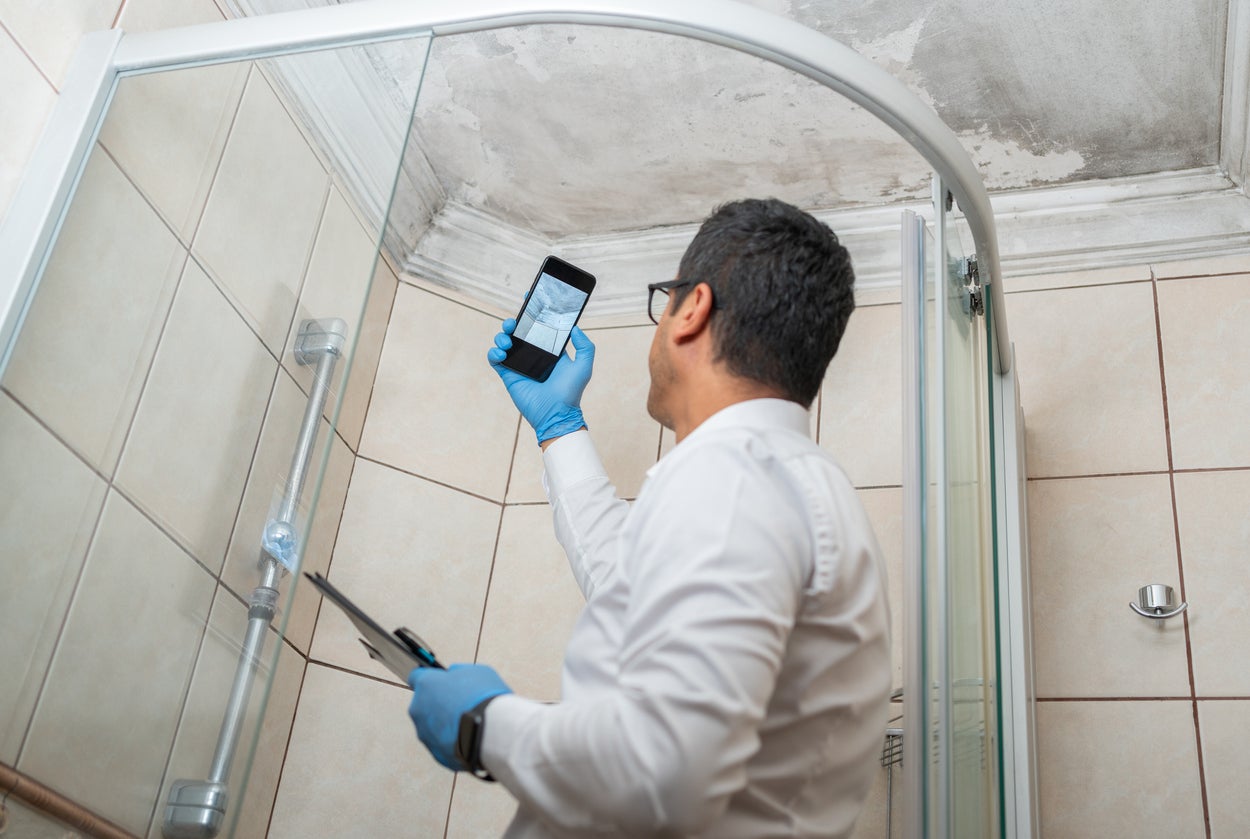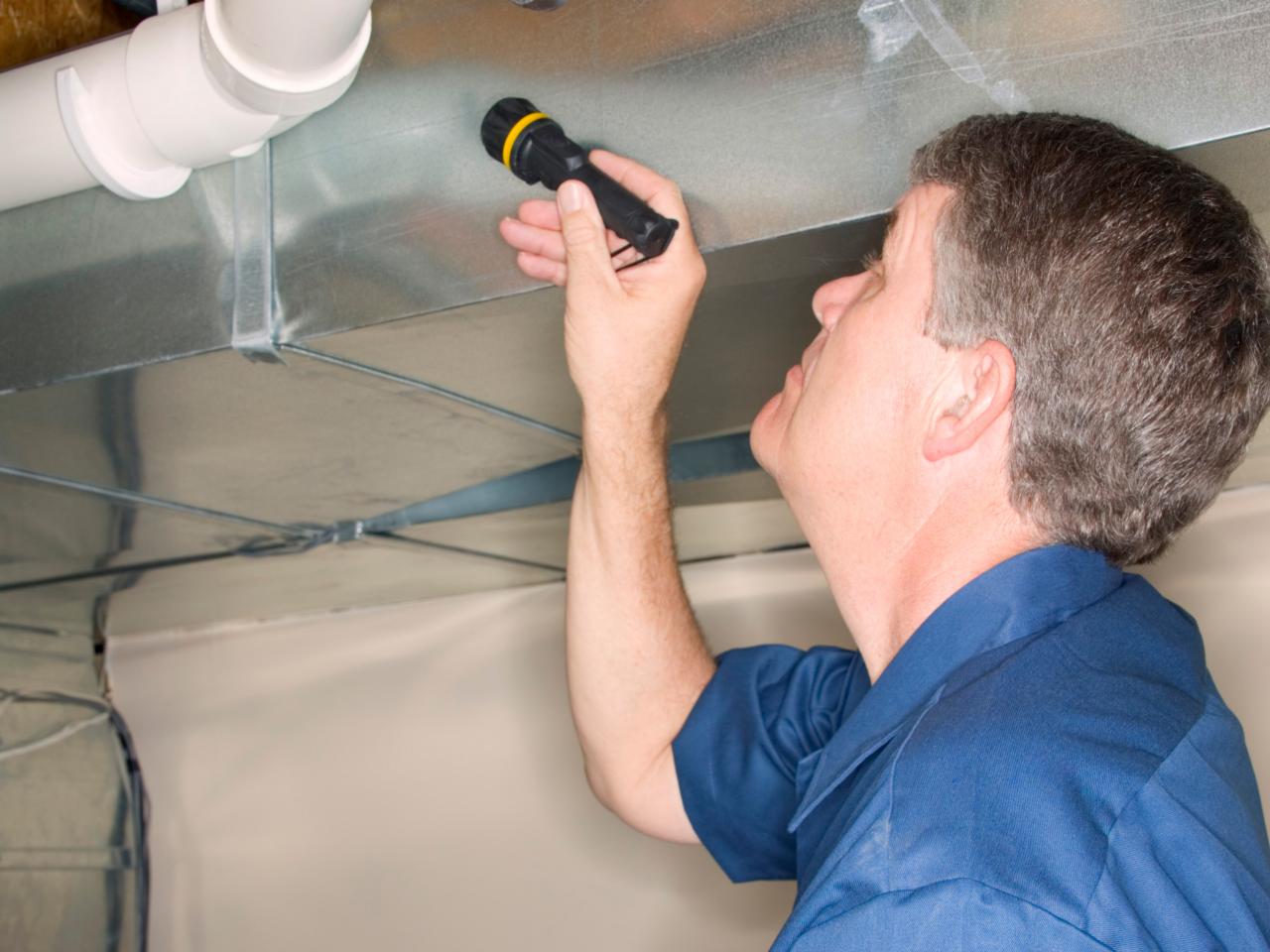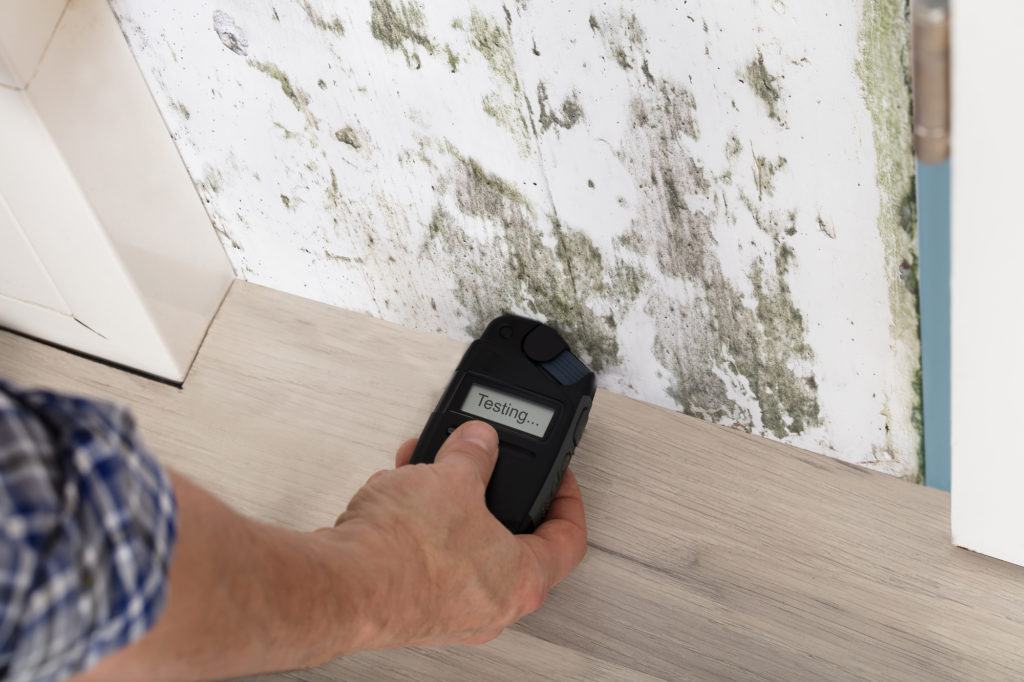Testing Air Quality After Mold Remediation
Testing Air Quality After Mold Remediation
Blog Article
Your Ultimate Guide to Blog Post Mold And Mildew Remediation Strategies
Navigating the realm of post-mold removal methods is a careful procedure that requires interest to information and an extensive understanding of the details included. In the after-effects of mold and mildew invasion, recognizing how to effectively get rid of the mold and prevent its reoccurrence is paramount for maintaining a healthy and balanced indoor atmosphere. From selecting the appropriate cleaning and disinfecting techniques to applying strategies for long-lasting mold prevention, each action in the remediation trip plays a crucial role in making certain a successful result. As we start this exploration of post-mold removal methods, we will certainly reveal the vital methods and ideal practices that can aid you recover your space to its pre-mold problem and secure it against future mold dangers.
Recognizing Post-Mold Remediation Process
After completing the mold and mildew removal process, it is vital to understand the post-mold remediation methods that are needed to guarantee a extensive and reliable clean-up. Once the mold has been removed, the following step involves cleaning and sanitizing the affected locations to prevent any type of regrowth of mold. This consists of making use of specialized cleaning up agents to wipe down surface areas and kill any type of continuing to be mold and mildew spores. It is necessary to dry the location totally to inhibit the growth of mold in the future (what to do after mold remediation). Appropriate air flow and dehumidification can aid in this process.
In addition, carrying out a final evaluation post-remediation is crucial to make sure that all mold has actually been successfully eradicated. If the examination reveals any type of remaining mold and mildew, additional remediation might be essential.
Effective Cleansing and Disinfecting Methods

Avoiding Future Mold And Mildew Development

Value of Appropriate Air Flow
Correct ventilation plays an essential function in avoiding moisture buildup, a crucial variable in mold development within interior settings. Efficient ventilation systems aid remove excess humidity from the air, reducing the chances of mold spores locating the dampness they need to germinate and spread out. Without ample air flow, indoor spaces can come to be a breeding place for mold and mildew, bring about potential wellness risks and structural damage.
By making certain appropriate air circulation, air flow systems can likewise aid in drying out damp areas quicker after water damage or flooding events, further discouraging mold development. Post Mold Remediation. Precede like restrooms, attics, kitchen areas, and basements where dampness degrees have a tendency to be greater, installing and maintaining reliable ventilation systems is important in stopping mold problems

Monitoring and Maintenance Tips
Offered the critical duty that appropriate air flow plays in preventing mold development, it is imperative to establish efficient monitoring and maintenance tips to ensure the continued performance of ventilation systems. Normal examinations of air flow systems must be carried out to check for any indicators of clogs, leaks, or breakdowns that can restrain appropriate air flow. Surveillance moisture levels within the home is likewise essential, as high humidity can add to mold and mildew development. Mounting a hygrometer can help track humidity degrees and alert homeowners to any kind of spikes that may call for interest. Additionally, guaranteeing that air filters are routinely cleansed or why not find out more replaced is vital for maintaining the effectiveness of the ventilation system. Implementing a routine for regular maintenance jobs, such as duct cleaning and go now HVAC system assessments, can aid avoid concerns prior to they rise. By remaining alert and proactive to the condition of air flow systems, property owners can efficiently reduce the danger of mold and mildew regrowth and keep a healthy interior atmosphere.
Final Thought
Finally, post-mold removal strategies are crucial for making sure a tidy and risk-free atmosphere. Recognizing the procedure, applying effective cleaning and sanitizing approaches, stopping future mold growth, keeping appropriate air flow, and regular monitoring are all crucial steps in the remediation procedure. By adhering to these guidelines, you can effectively remove mold and mildew and prevent its return, functioning or advertising a healthy and balanced living area for all passengers.
In the after-effects of mold invasion, understanding just how to effectively eradicate the mold and mildew and prevent its reoccurrence is critical for maintaining a healthy indoor setting. As soon as the mold and mildew has actually been removed, the next step involves cleansing and disinfecting the impacted locations to prevent any type of regrowth of mold and mildew - what to do after mold remediation. After eliminating noticeable mold and mildew growth, it is essential to clean all surfaces in the damaged area to eliminate any type of continuing to be mold and mildew spores. To further enhance mold and mildew avoidance actions, it is vital to resolve underlying issues that originally led to mold and mildew advancement.Offered the critical function that proper air flow plays in preventing mold and mildew development, it is necessary to establish reliable tracking and upkeep ideas to guarantee the ongoing functionality of ventilation systems
Report this page